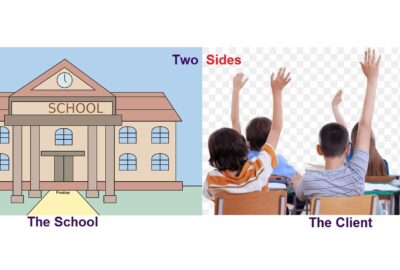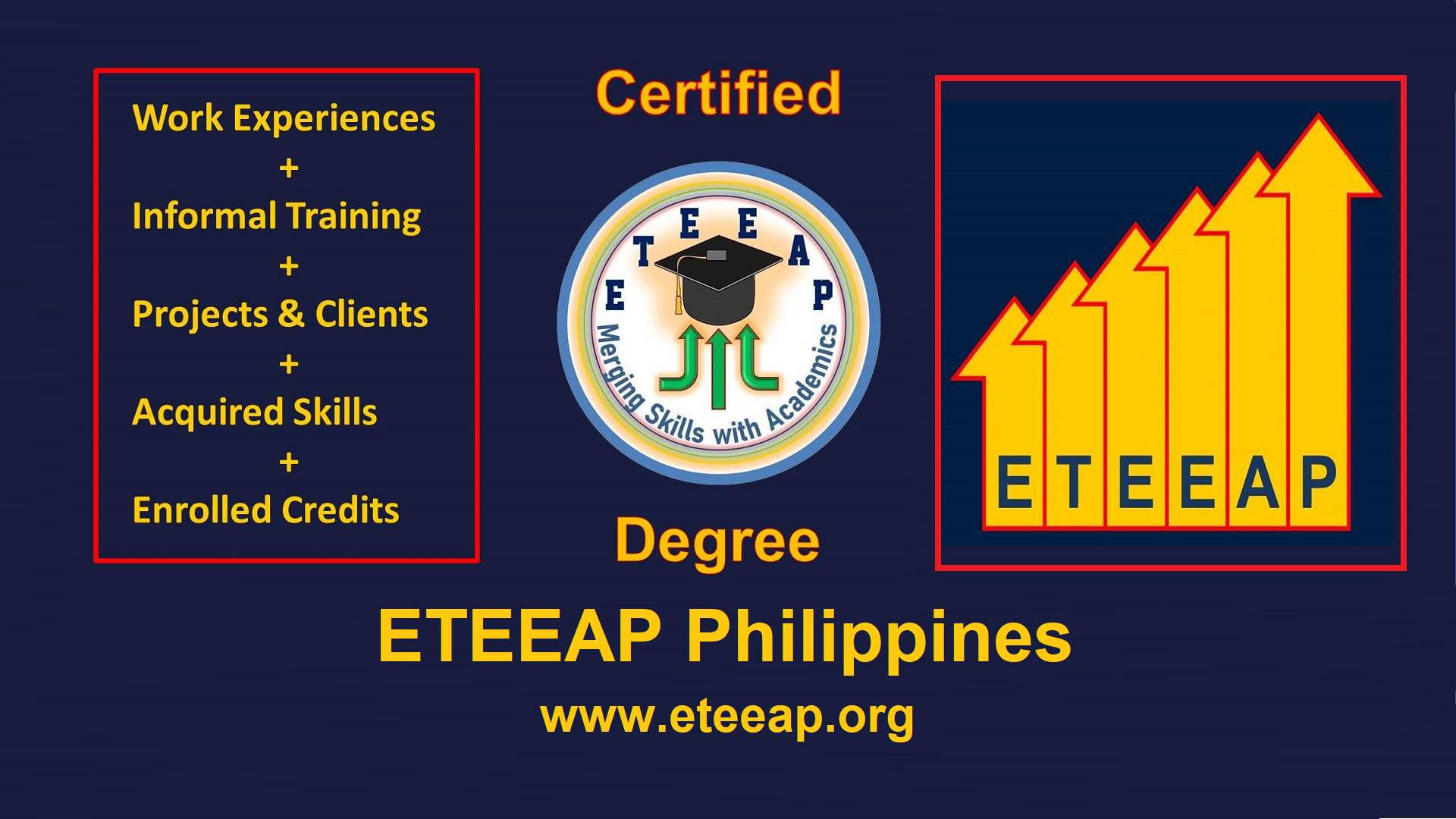Note: This is a repost from its original publisher on this site: The Two Sides
The Restaurant Analogy in Education
The above scenario can be explained by a situation that leads to a similar outcome. A family just arrived to live for the father’s long-term job contract at an area and was looking for a restaurant to enjoy their dinner and to help them decide on which to patronize eventually. They searched the Internet and found a few places. They checked the facilities through the photos on the establishments’ websites, the menus and the different presentations of the food.
They decided to try a few of them on the first week to see where they will go the next and try to establish friendship with. They went for a dinner at one of them on Monday and the following six days to six different restaurants during the week. The managers had different ways of welcoming their new guests and the family started to compare all seven of them. The food, the presentation, the treatment of the whole staff as well as the environment had differences which the family immediately started to feel.
They did the same thing the following week and started to notice that the differences are becoming noticeable and they had now come up with their theory as to which one was the best down to the worst. The process was repeated on the third week and the consistency between each shop’s website as well as what they were told at their first visits by the managers and the reality had become obvious. They repeated the process one more week to establish their conclusion and at the end, they were able to make a wise decision as to which of the seven they will patronize more.
Academic institutions, just like restaurants, serve what people need, and want. In some cases though the parents and students are not really aware or have no idea of what they exactly need. When prospective clients visit a school they expect the best from that institution. Although some of the parents and students may have little idea on what academic excellence means, everyone regardless of cultural background and social status in life have basic and common needs as far as education is concerned.
The institution therefore has the responsibility to help their clients understand what they need and to steer them to the right direction. Because restaurant customers have different tastes and likes, the establishment cannot also satisfy everyone’s want. But customers are always willing to go into a compromise especially where they have no choice, or when they realize it is not worth fighting over a small difference. As long as the discrepancies or inconsistencies are minor or are well-explained, a reasonable customer can understand and is willing to overlook them.
When a restaurant displays a brief description of its menu such as Asian, American, Indian or Mediterranean Cuisine, the customers have an idea on what to expect. An academic institution’s menu is its curriculum and usually described as British, American, IB and so forth, which immediately give the prospective client a rough idea of what to expect. When students enroll, they expect to see and hear what is described in the school’s curriculum or menu. There are of course some variations on how these are delivered. Just like the food and ambience in a restaurant, the consistency between what the menu says and what the customers actually taste and experience determines whether the establishment or institution be able to keep its clients, or lose them.
In the scenario above, the clients initially believed what was explained to them and what they saw seemed to reinforce what they initially heard and felt. But when they had the actual taste and experience of being inside and part of that institution, they saw the inconsistency and failure of the school and its administrators to live by what they claim they are, both on their website and other digital as well as verbal presentations they had, as against what the reality was. The worse is that no one was there to entertain questions and needed clarifications when the parents personally visited the school after failure in their attempt to communicate through email and telephone which was not the case at the beginning. Just like the restaurants that lost their customers, the school also lost its client.
______________________
The above can be compared to another situation that you may find interesting on this link:
The Cruise Ship Analogy in Education
Note: This is a repost from its original publisher on this site: The Two Sides

